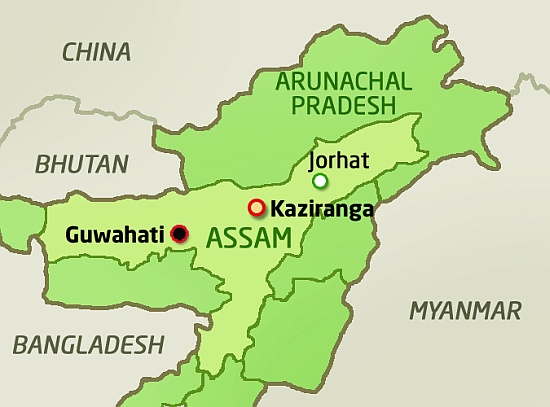7667766266
enquiry@shankarias.in
What is the issue?
What was the concern?

What is the recent healthy trend?
What are the reasons for improvement?
What drives poaching?
What are the administrative and legal shortfalls?
Source: Indian Express